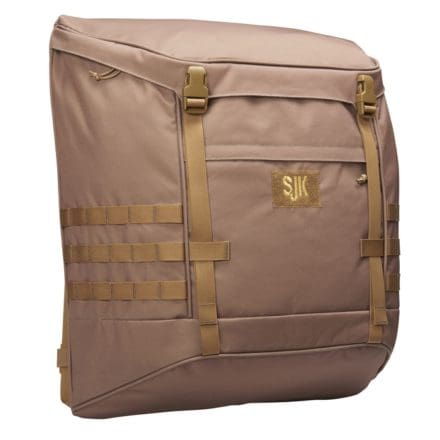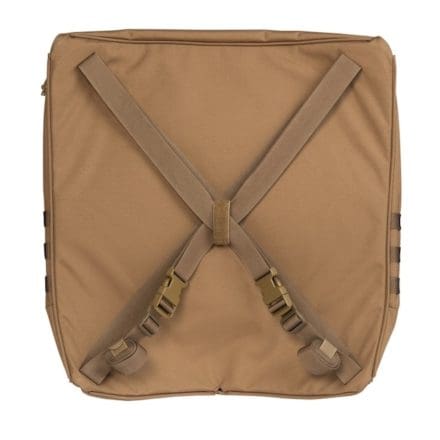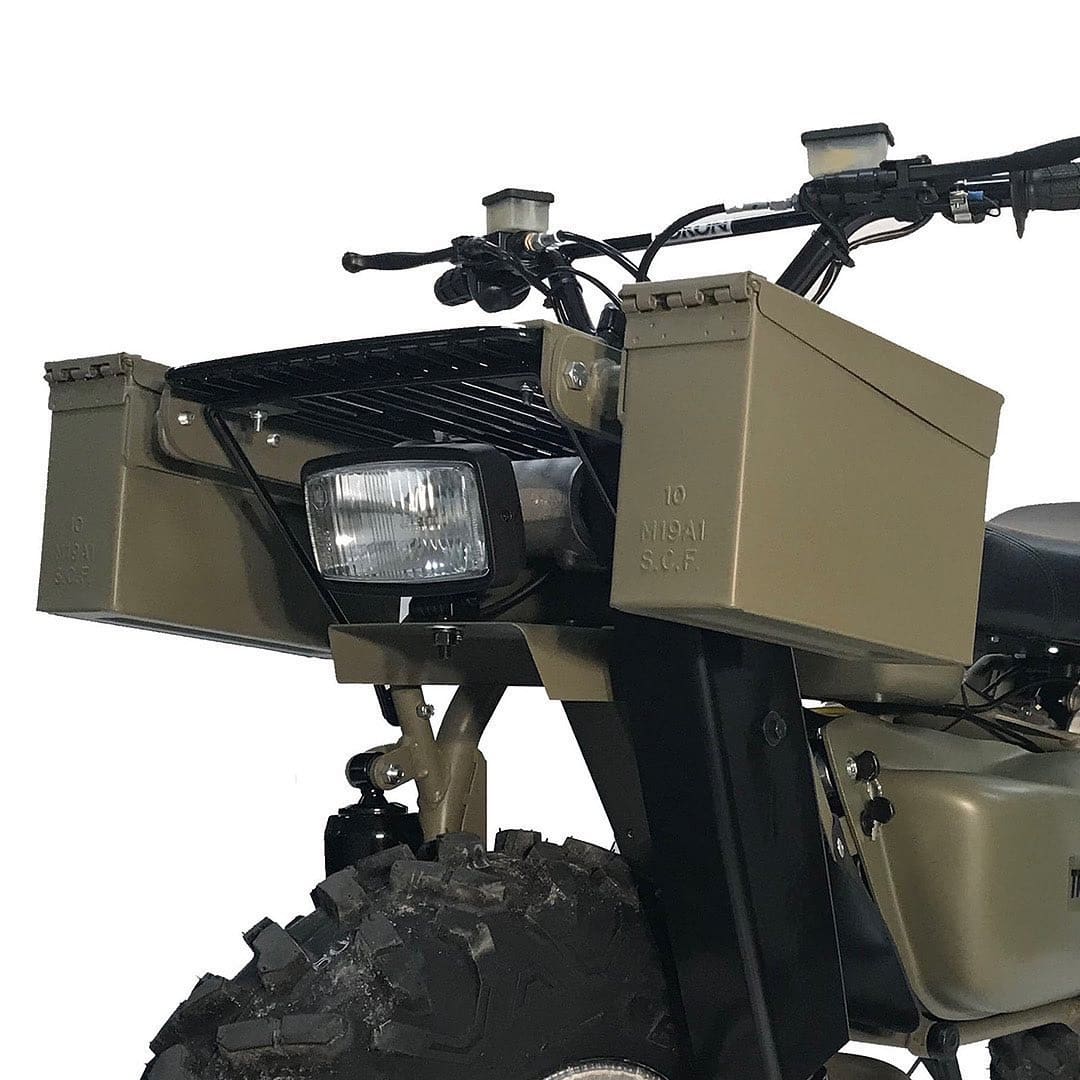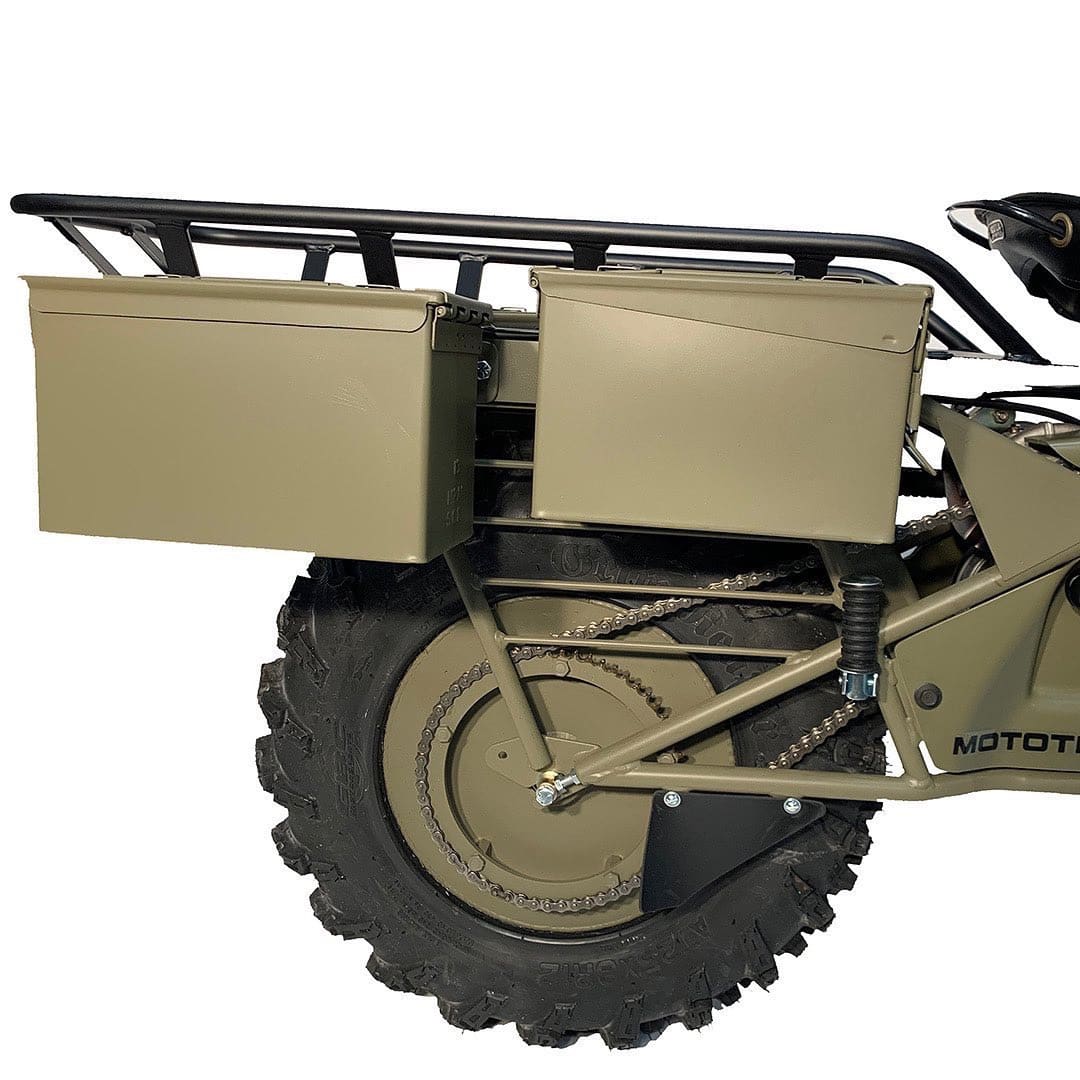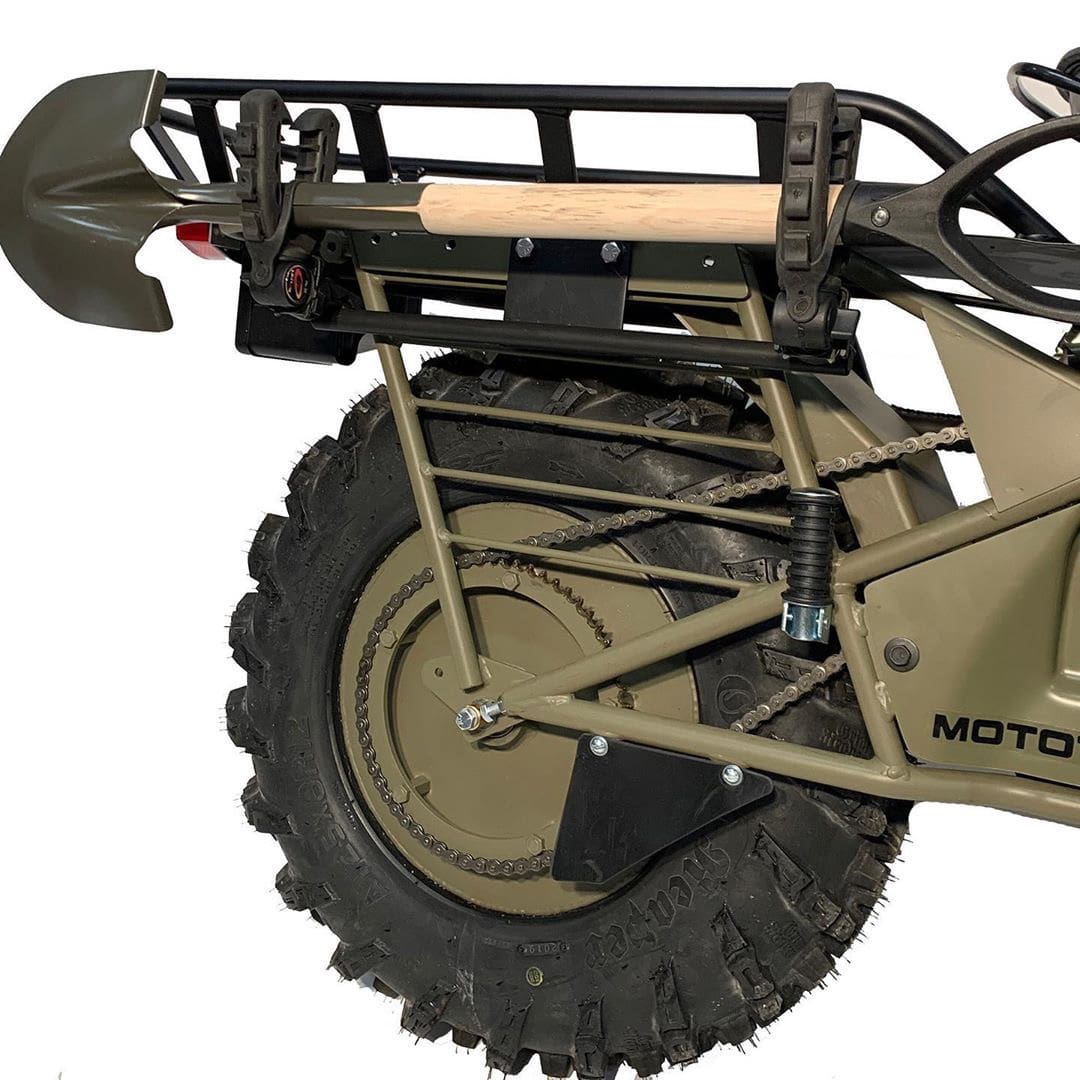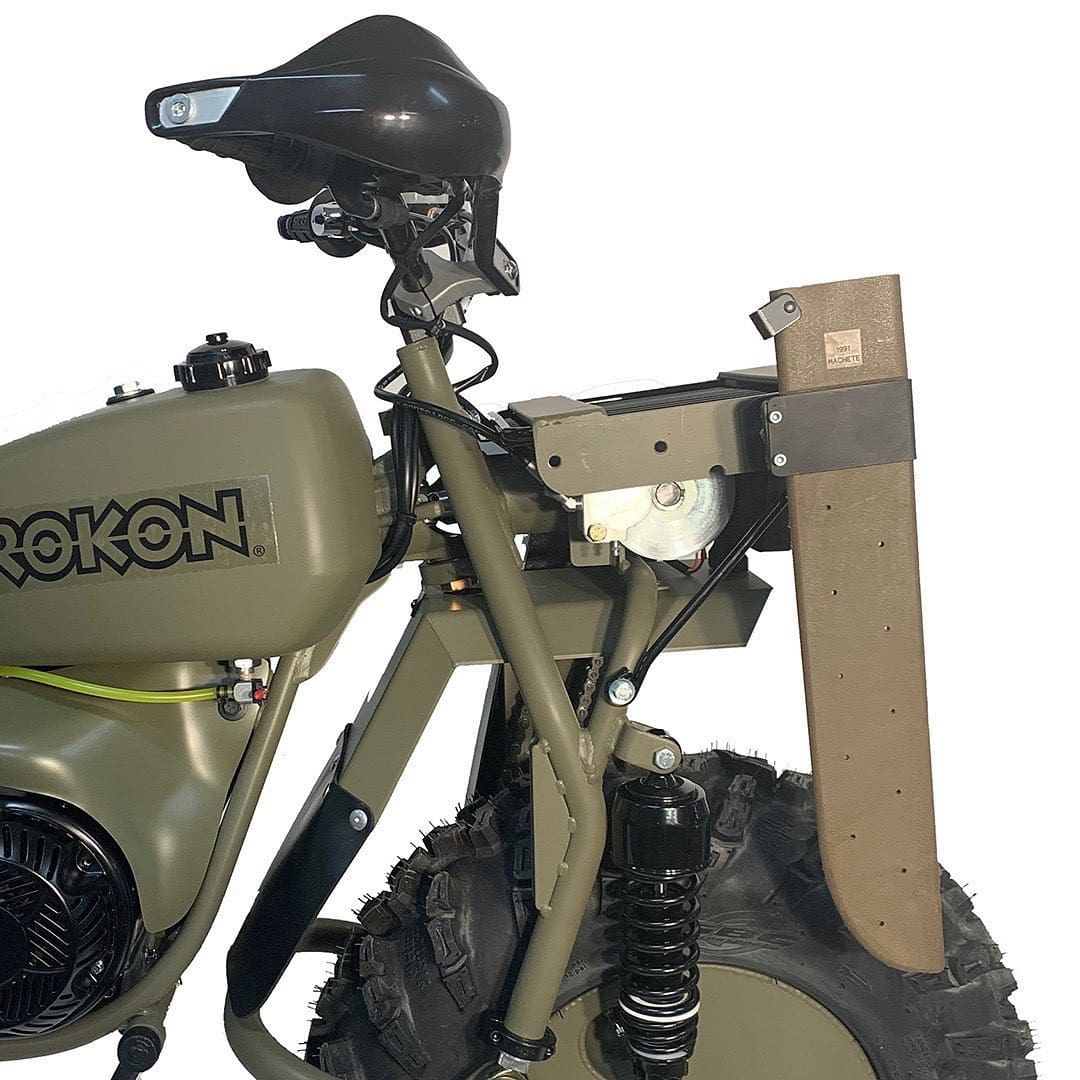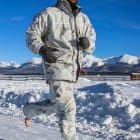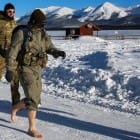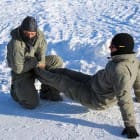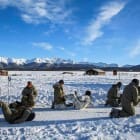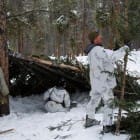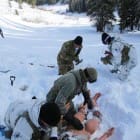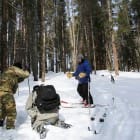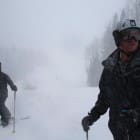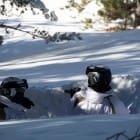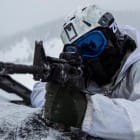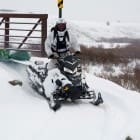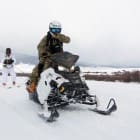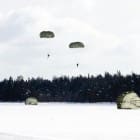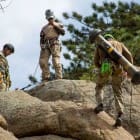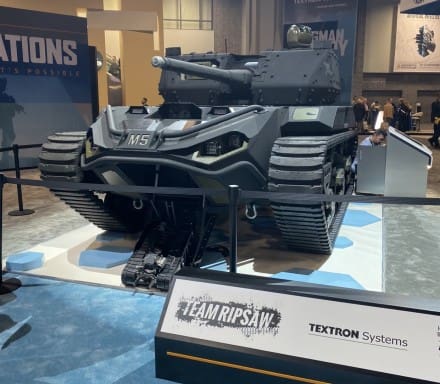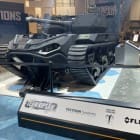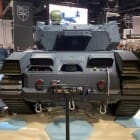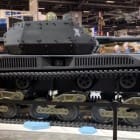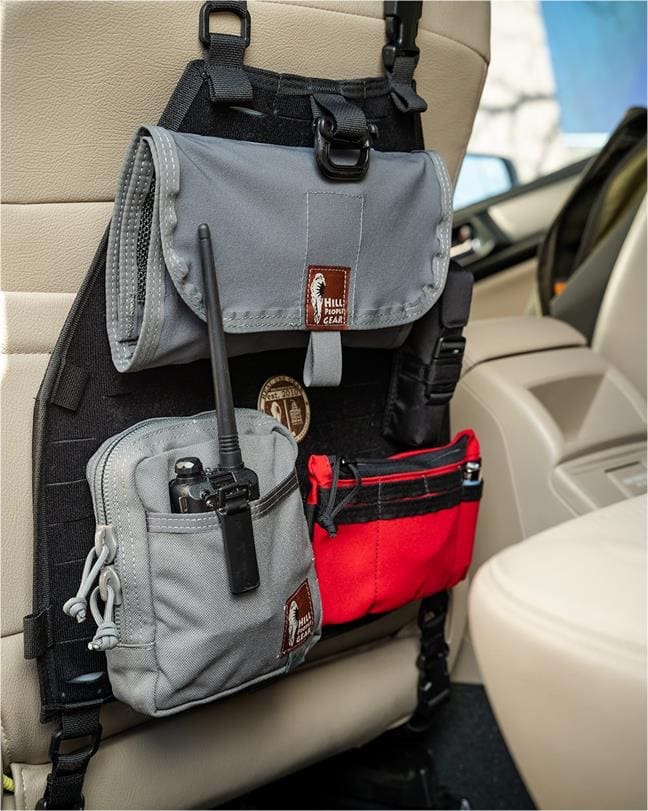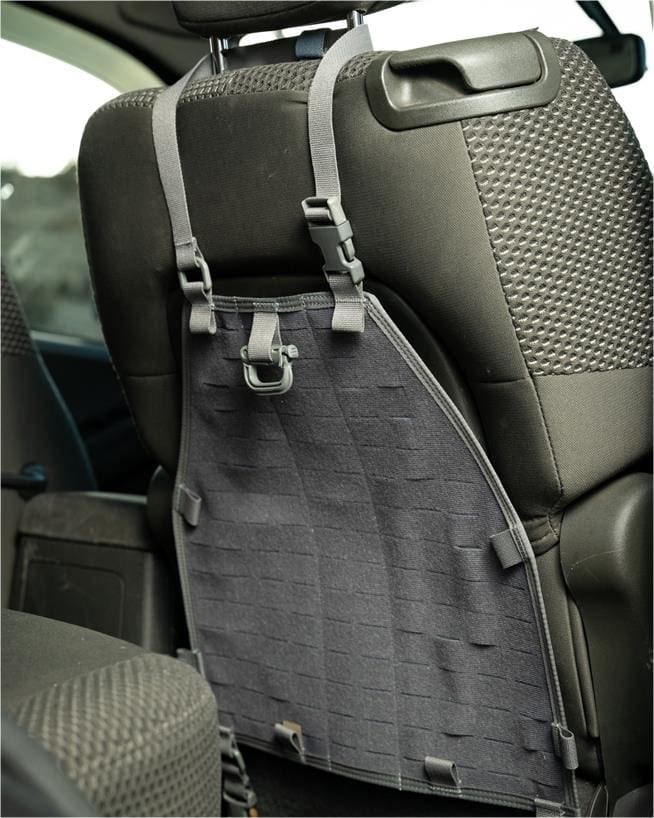Patria, a global market leader in the production of armoured wheeled vehicles, have been selected with their 6×6 platform to be part of a joint programme to develop sustained mobility enhancement for the Finnish and Latvian Armies. Alcon Components Ltd, world-class specialists in brake and clutch systems, is the principal supplier of braking components for Patria’s heavy armoured vehicle range, and specifically the Patria 6×6.
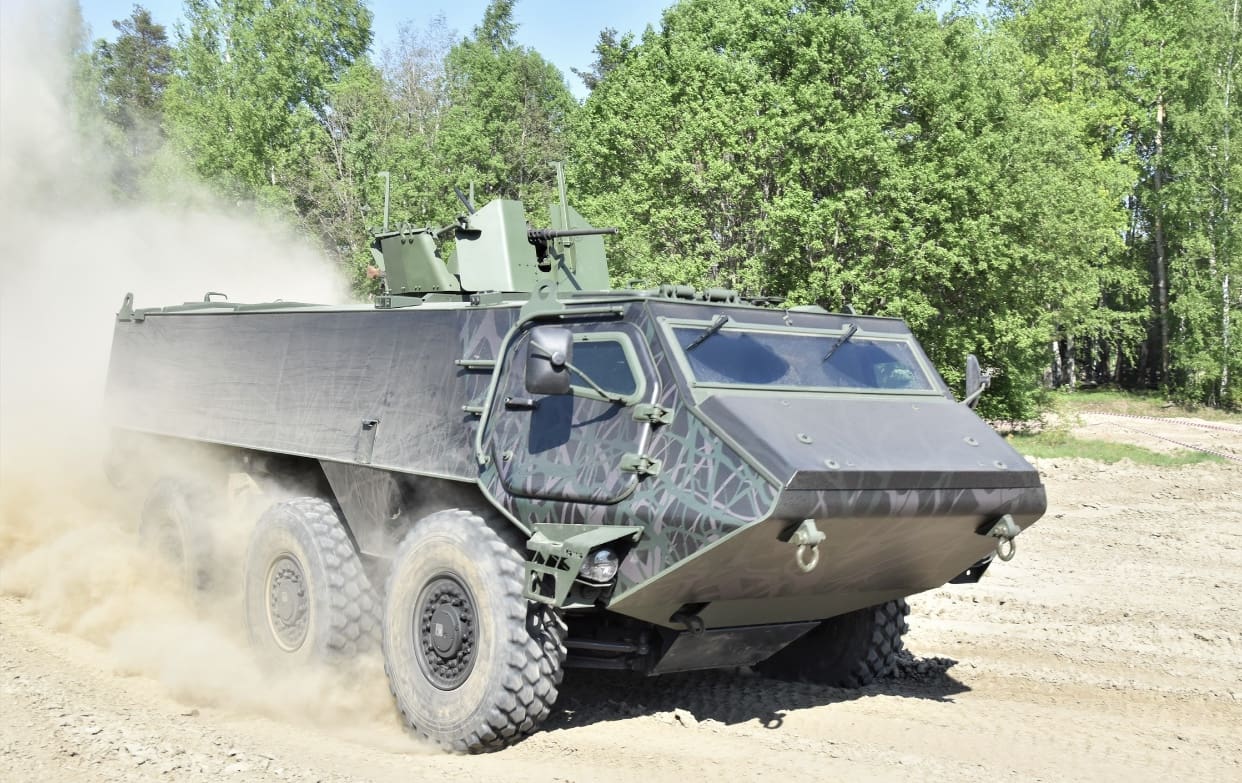
Alcon has worked closely with Patria to determine the specific requirements aligned to vehicle specification, usage profiles and operating environment; developing a bespoke braking system to match the needs of high-performance defence vehicles. With the exceptional performance of Patria’s wheeled vehicle range creating conditions close to that of a rally car in terms of disc and pad temperature cycling, Alcon were able to draw on their pedigree of providing braking solutions for the top echelons of motorsport to develop exclusive calliper and disc mounting concepts for Patria; a fusion of those seen on heavy commercial vehicles and high-performance motorsport.
The Patria 6×6 is acknowledged as being unrivalled in performance and mobility, setting new standards for all future armoured wheeled vehicles. Reliability is underlined by the multitude of commercial components used in the vehicle. Commercial components, long life-span and easy maintenance make the vehicle extremely cost-efficient; ideally matching the Finnish-Latvian programme’s aim to develop a common armoured wheeled vehicle system with enhanced mobility, cost-efficiency, interoperability and security of supply.
Alcon braking solutions have been sought out by some of the world’s finest defence industry vehicle OEMs. Amongst 18 defence and security equipment OEMs currently using or assessing Alcon systems, as well as Patria, Supacat, the designers of the Jackal, BAe, Ricardo and Jankel have turned to Alcon to deliver bespoke braking systems that fully meet the demanding requirements of the challenging, high-performance, modern-day battlefield.
Mr. Janne Räkköläinen, Vice President Vehicles, at Patria Land said: “Our 6×6 vehicle is designed to be operated in all conditions and it needs to deliver the solid performance throughout the various missions and operations. In addition to the performance, braking systems are safety critical elements of the vehicle so the complete reliability and fulfilment of requirements are top priority for us. We know we can rely on Alcon’s support and performance”.
Jonathan Edwards, Group Sales Director at Alcon said: “Alcon’s previous selection by Patria is an unqualified confirmation of Alcon’s status as a company that provides the finest bespoke braking systems to the global defence markets. We’re delighted that the Patria 6×6 has been selected for this programme and we look forward to a continued strong relationship with Patria as the programme evolves.” He added: “It is a key strategic company aim for Alcon to become the first-choice braking system supplier to defence vehicle companies across the globe. This recent announcement underlines our ability to deliver and become exactly that.”
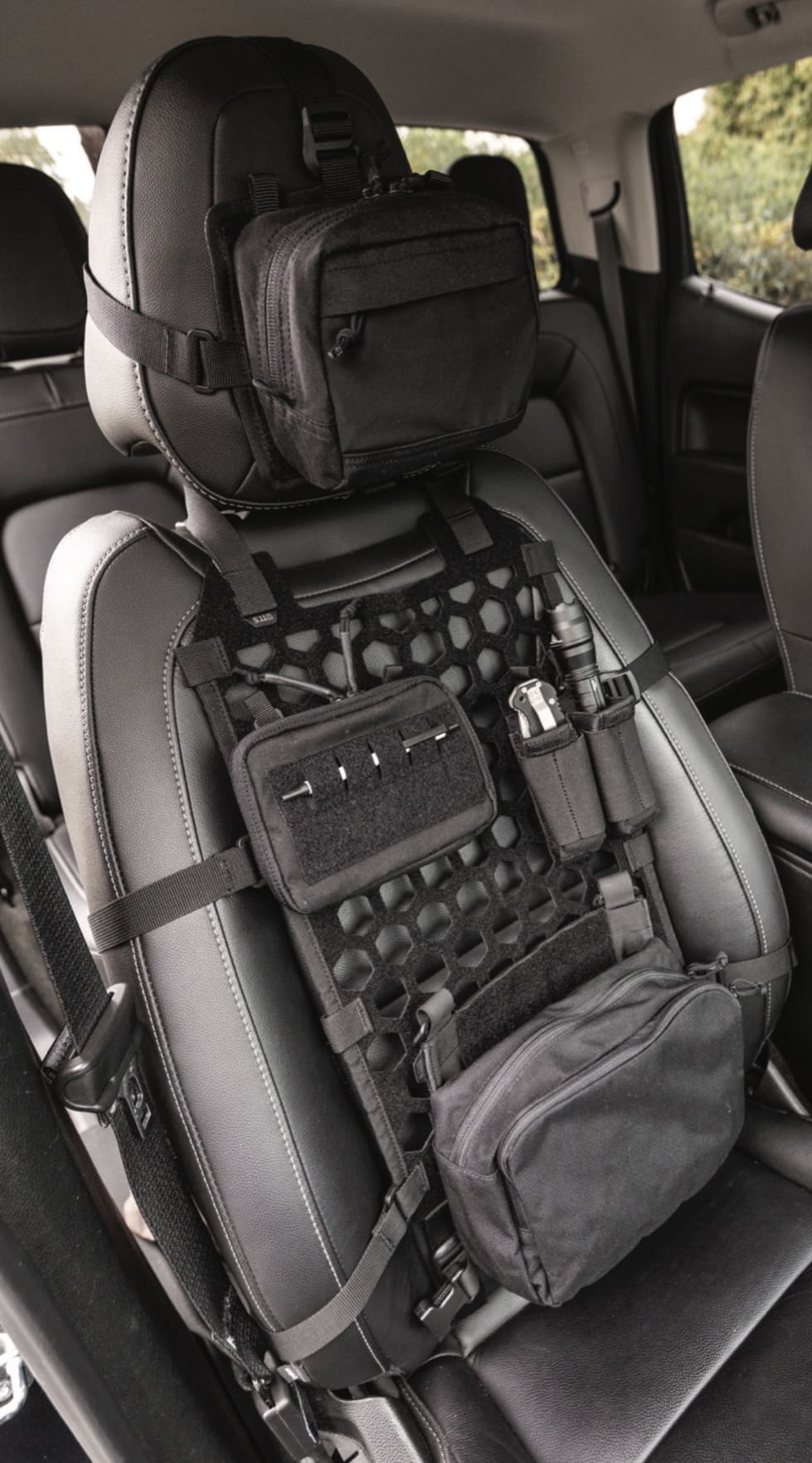



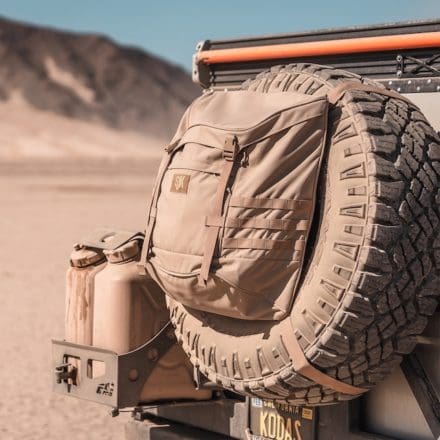 This 50 liter Utility Bin can be mounted to spare tires or rear gates. It can be used for extra gear, firewood or trash. You can even use it as a cooler if you line it with a trash bag.
This 50 liter Utility Bin can be mounted to spare tires or rear gates. It can be used for extra gear, firewood or trash. You can even use it as a cooler if you line it with a trash bag.